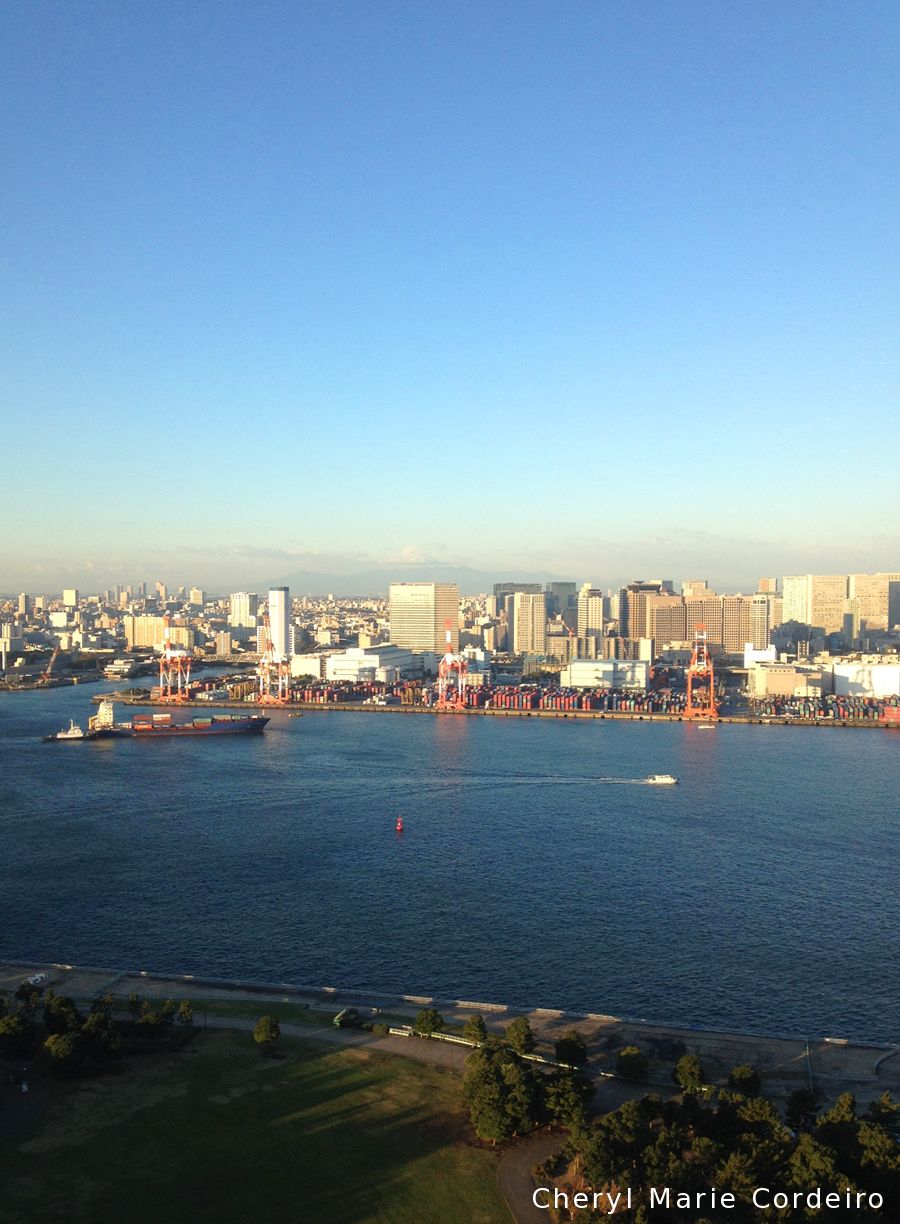A morning view of Tokyo Bay, from Odaiba. Tokyo’s container harbour framed lightly by its mountainous region in the background.
Text & Photo © JE Nilsson, CM Cordeiro, Sweden 2015
Faced with a declining birthrate and an ageing society, Japan’s Revitalization Strategy was revised in 2014 to include a section on “robot revolution”. It focused on the potential of the use of robots for the solving its social challenges and labour shortages. These ideas ran as core theme to this year’s International Robot Exhibition (iREX 2015, 2-5 Dec.) held at the Tokyo Big Sight, in Tokyo, Japan.
It was in such a forward looking context of robotisation that I decided to head towards one of the world’s largest fish markets right in the centre of the city, the Tsukiji Market, if only to feel the heartbeat and observe the pulse of an ancient trade in this metropolis. I had arrived in Tokyo on 30 November and had hoped to catch the pre-dawn tuna auction at the market, only to be informed by the concierge that from 1 December to 17 January, no visitors were allowed into the main auction hall so as to facilitate smoother transactions in their busiest season of the year. What was left to do was to then explore the outer market.
It was just about nine in the morning with light rain when I stepped out of the taxi. It was my first visit to the place, and I realised quite immediately after stepping out of the taxi that I brought no map of the market in hand that would have been needed in order to point me in the direction of an exit after my market adventure. But having acquired a degree in doctor of philosophy, I figured I was a practical problem solver. Having learnt Mandarin, I deducted I could apply that knowledge into reading the numerous friendly street signs written in Japanese that would eventually point me in the right direction of where I wanted to be, which was at the centre of the outer market, open to visitors.
After about two left turns into a dead-end back lane with pretty much only a happy group of sparrows greeting me in the midst of their rain bath, I concluded that understanding a smattering of Chinese characters in no way guaranteed understanding a less than smattering of Japanese characters. And it was beginning to rain heavier. Refusing to buy an umbrella for the reason that I had packed an umbrella all the way from Sweden to Japan, and that it was only left behind in the hotel room, that it was simply not with me when I needed it, the acknowledgement of which would somehow cosmically make the rain soak into me far less, I made my way to some kind of inner lane to the outer market, skipping between the shelter provided by the yellow canopies of the shops along the way.
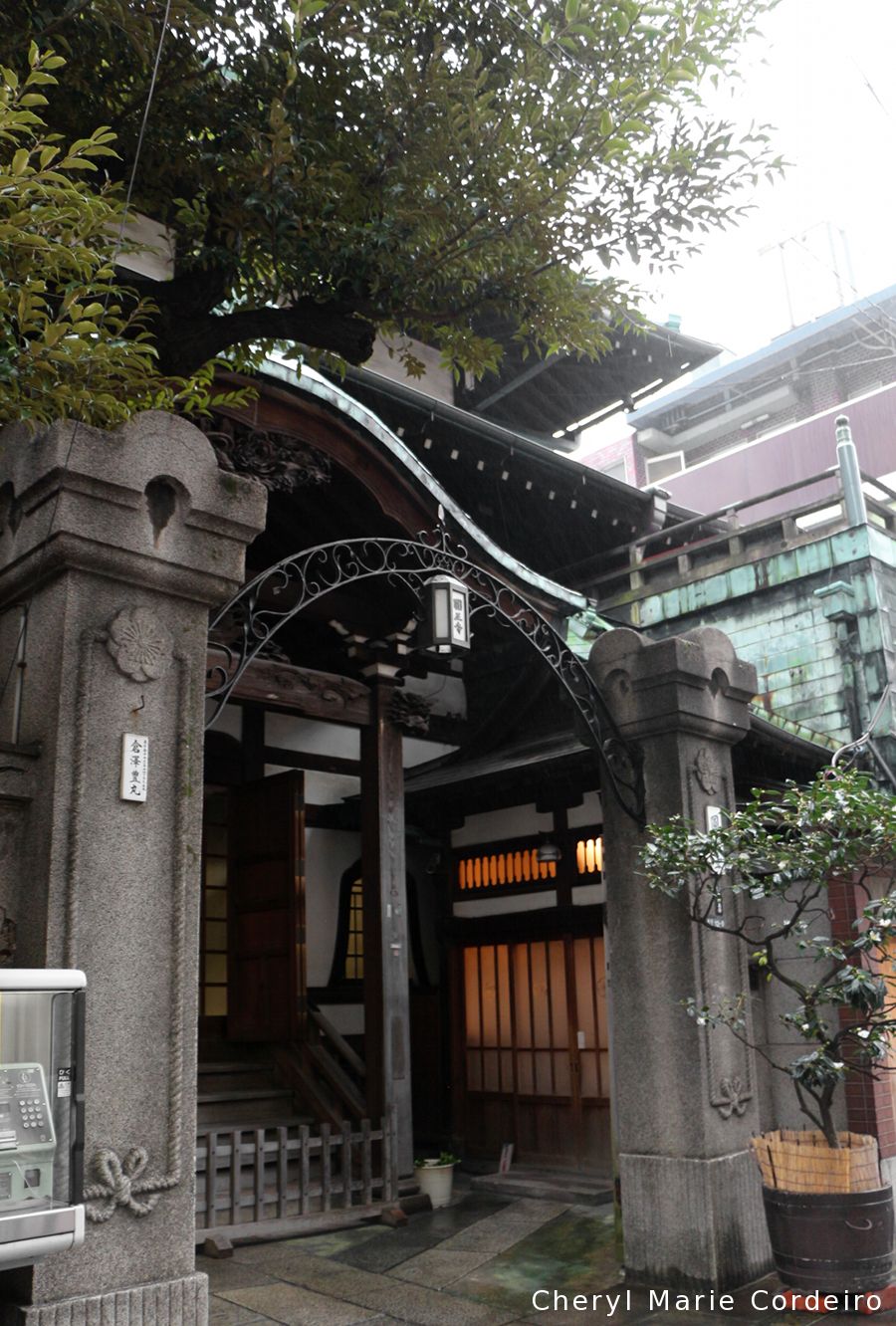
A facade along one of the lanes in the outer market area that all but reminded me of the shophouse facades in Katong in Singapore, else in the old Chinatown area of Singapore.
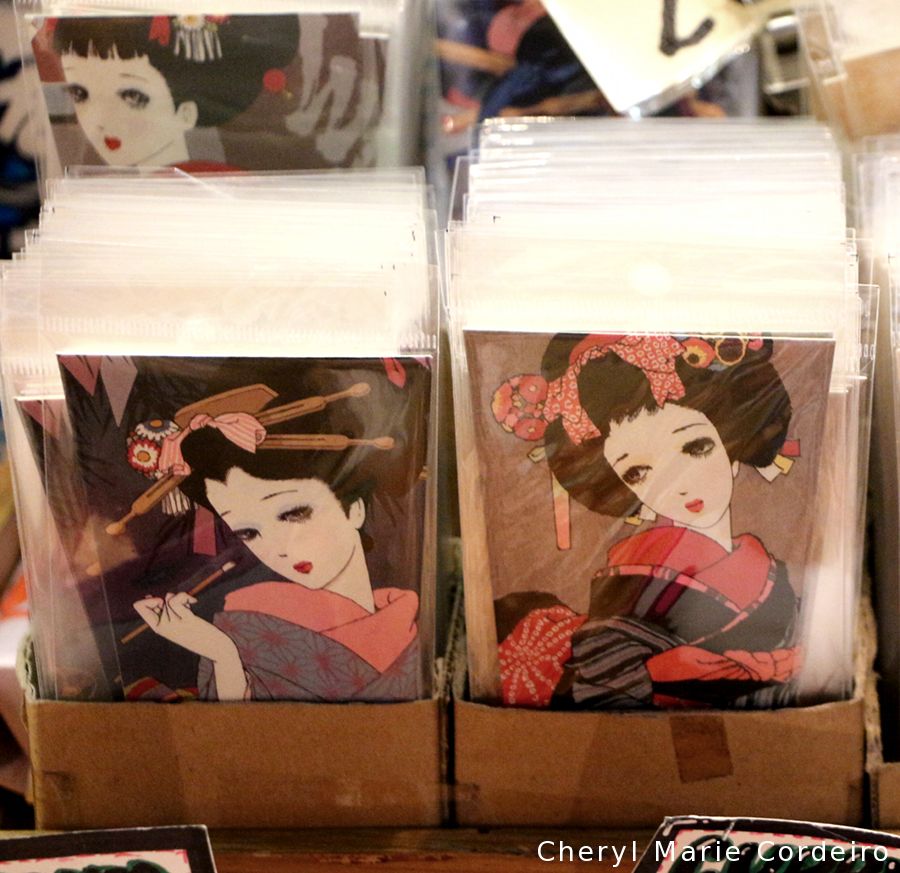
Postcards.
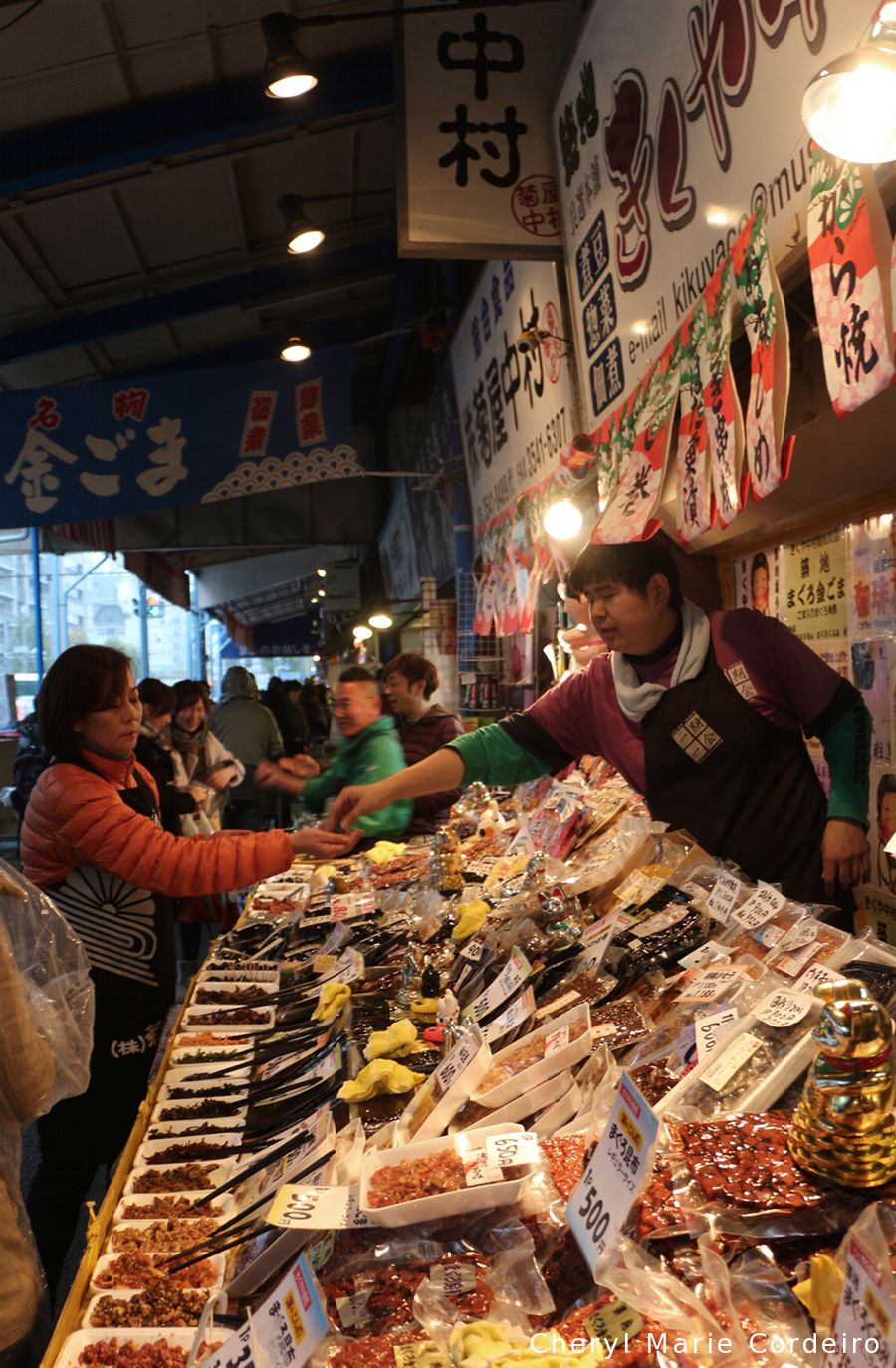
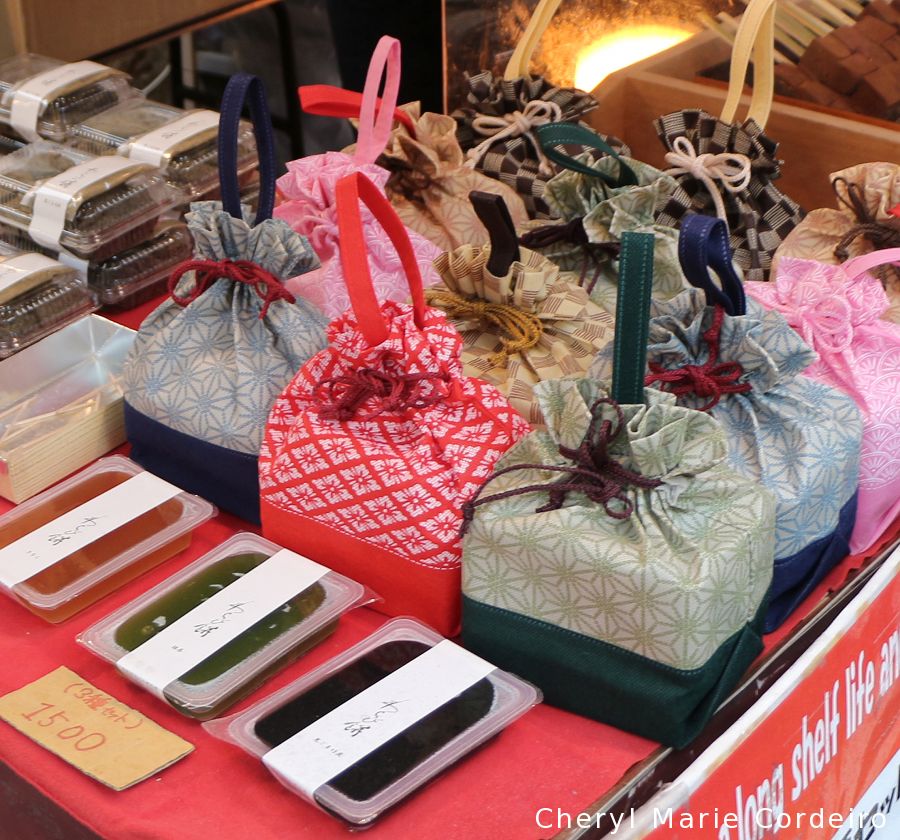
A Japanese dessert that is much like jelly in consistency.
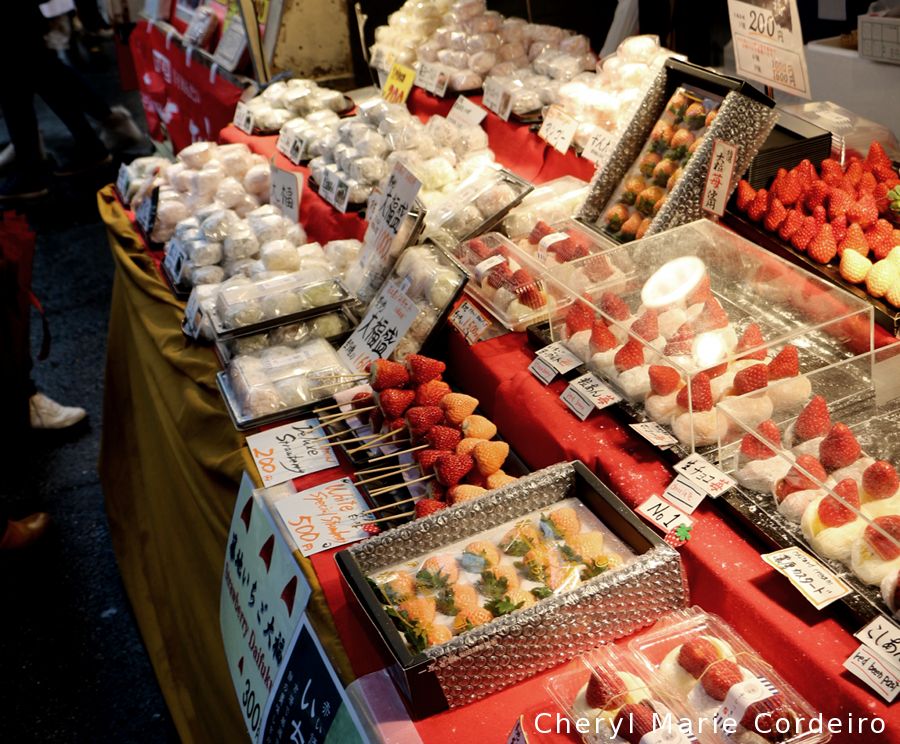
The prettiest strawberry display, in a myriad of deliciousness.
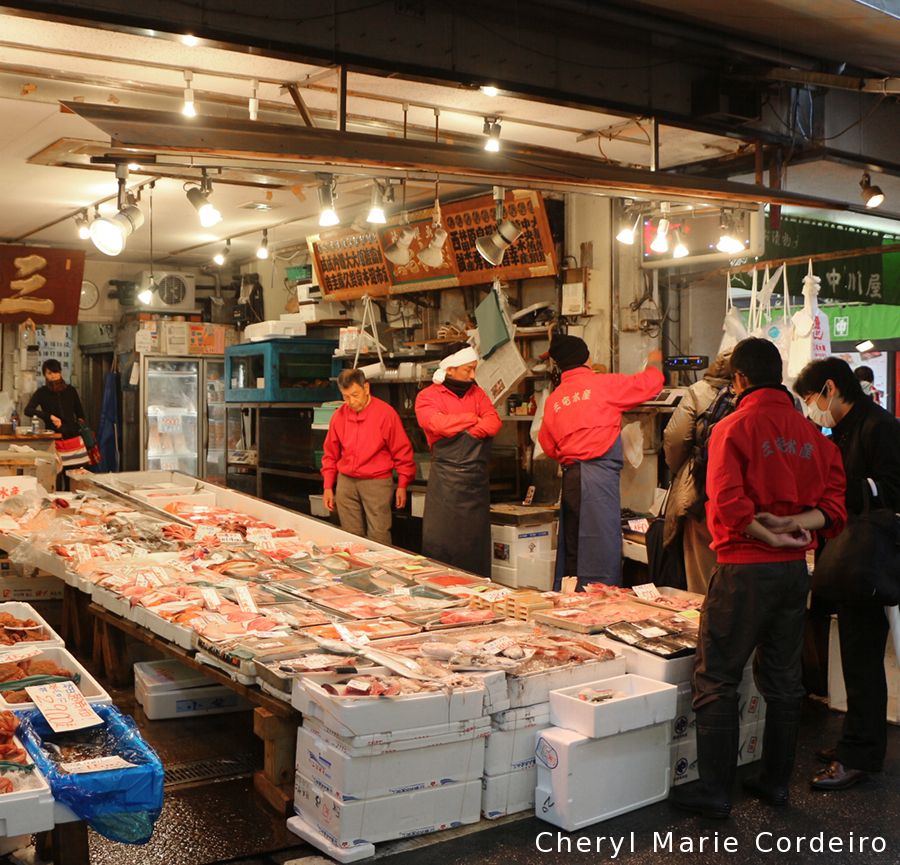
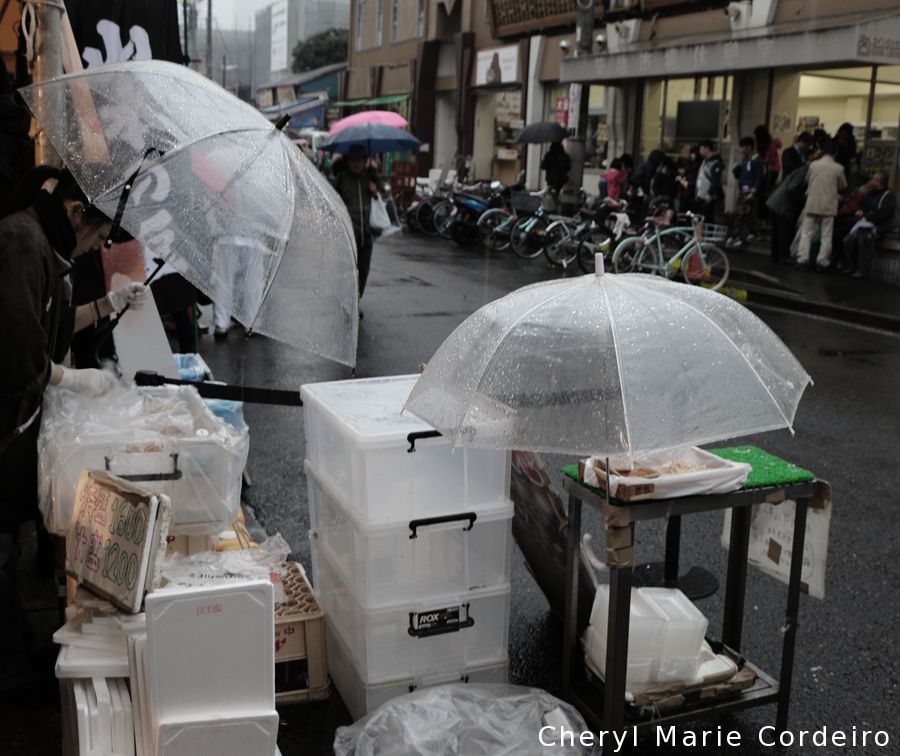
Strategic weather management superior to my own.
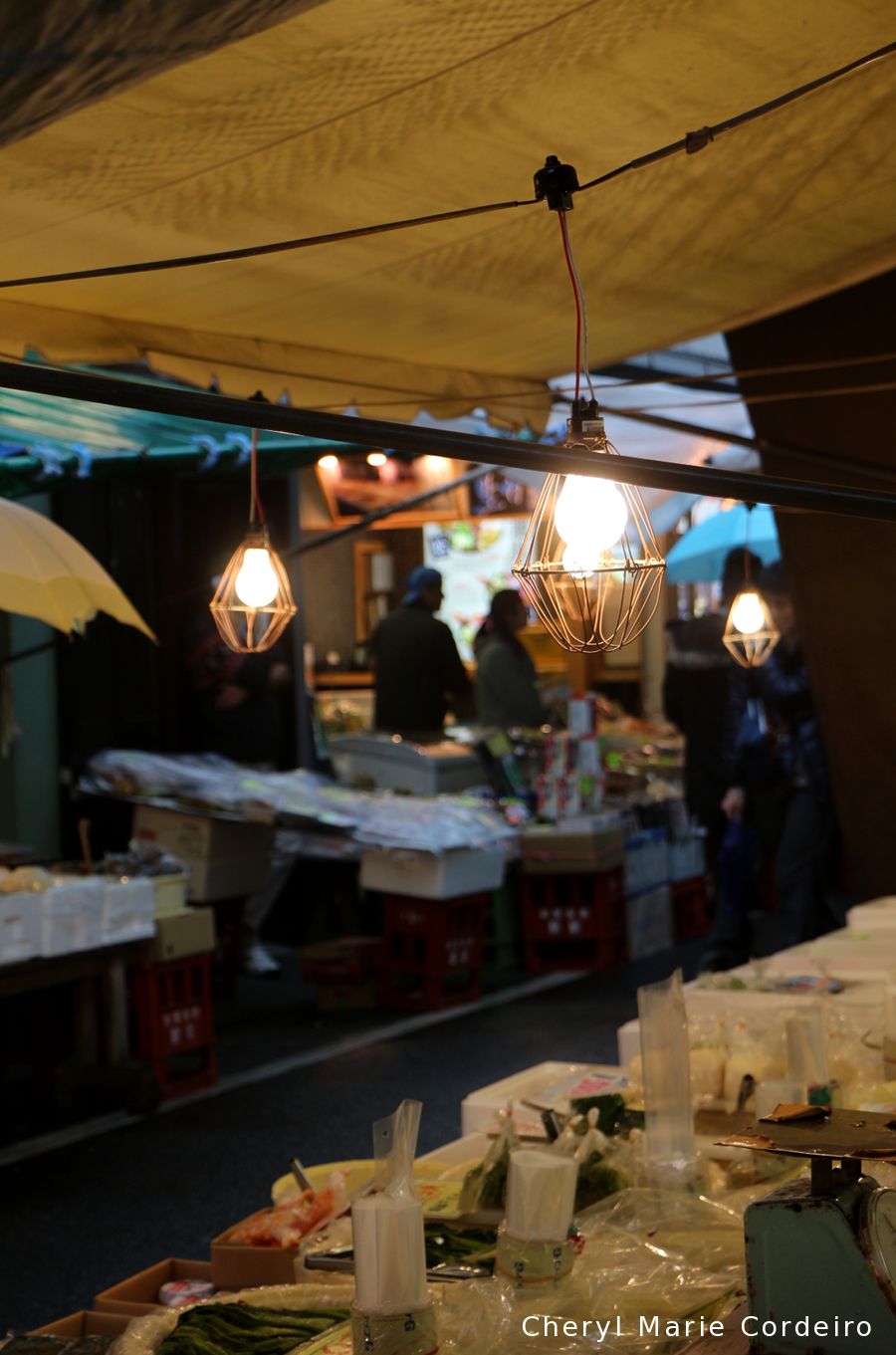
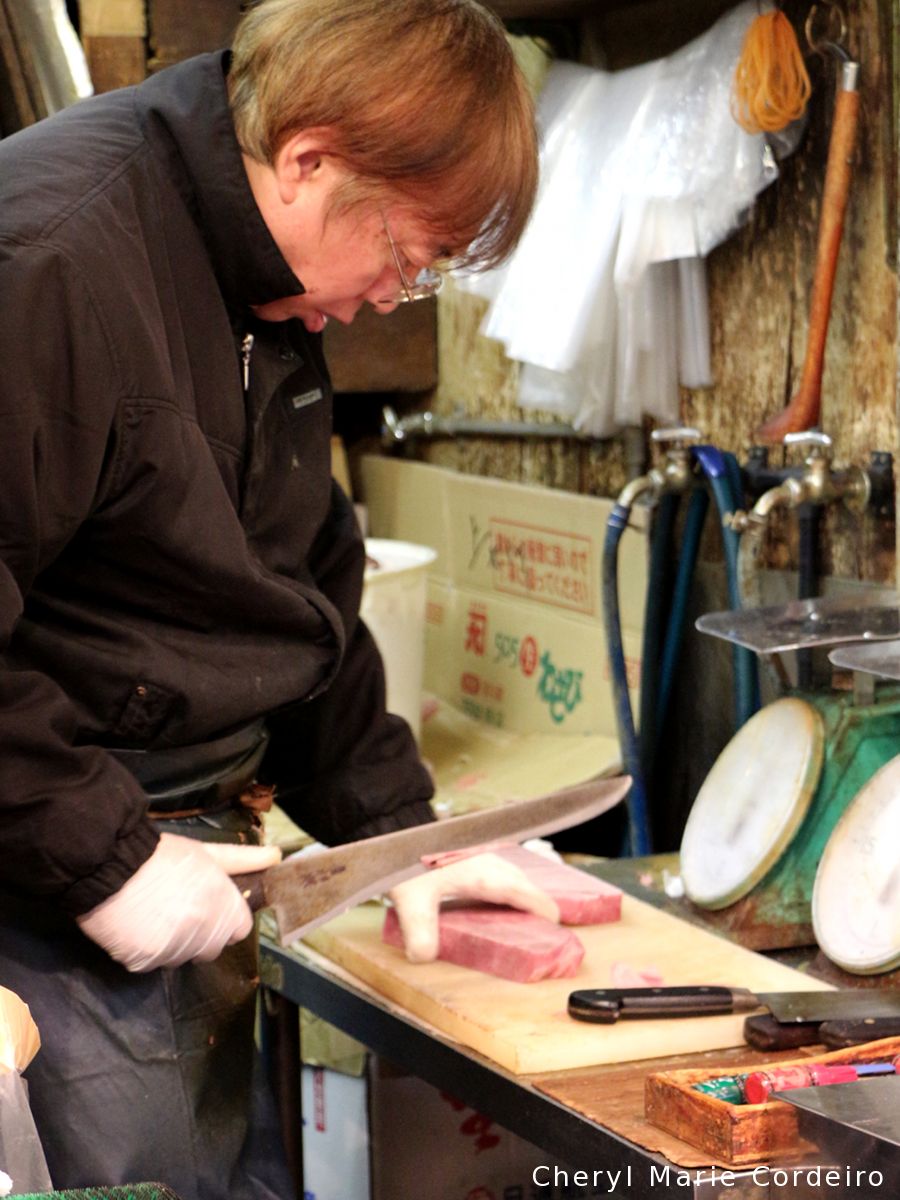
Walking through the market, you’re invited to watch the traders at their craft.
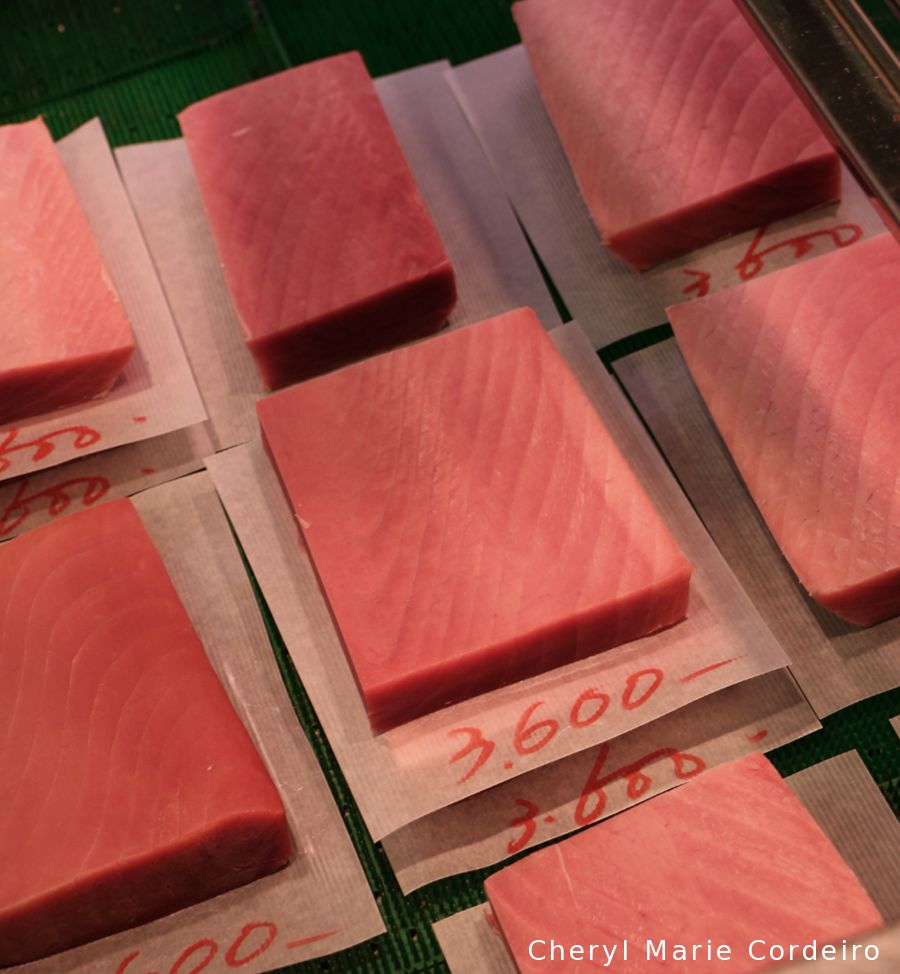
Tuna, in pristinely sliced blocks.
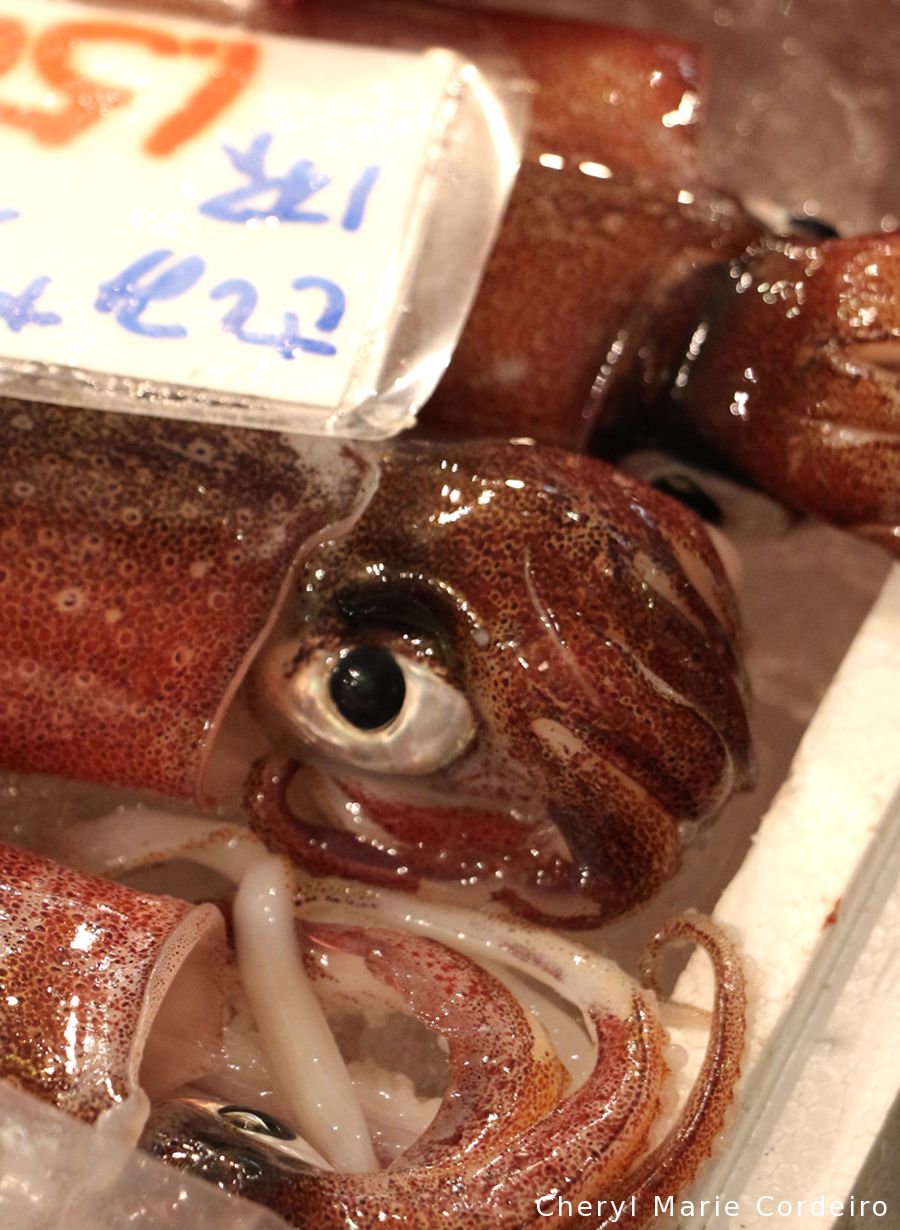
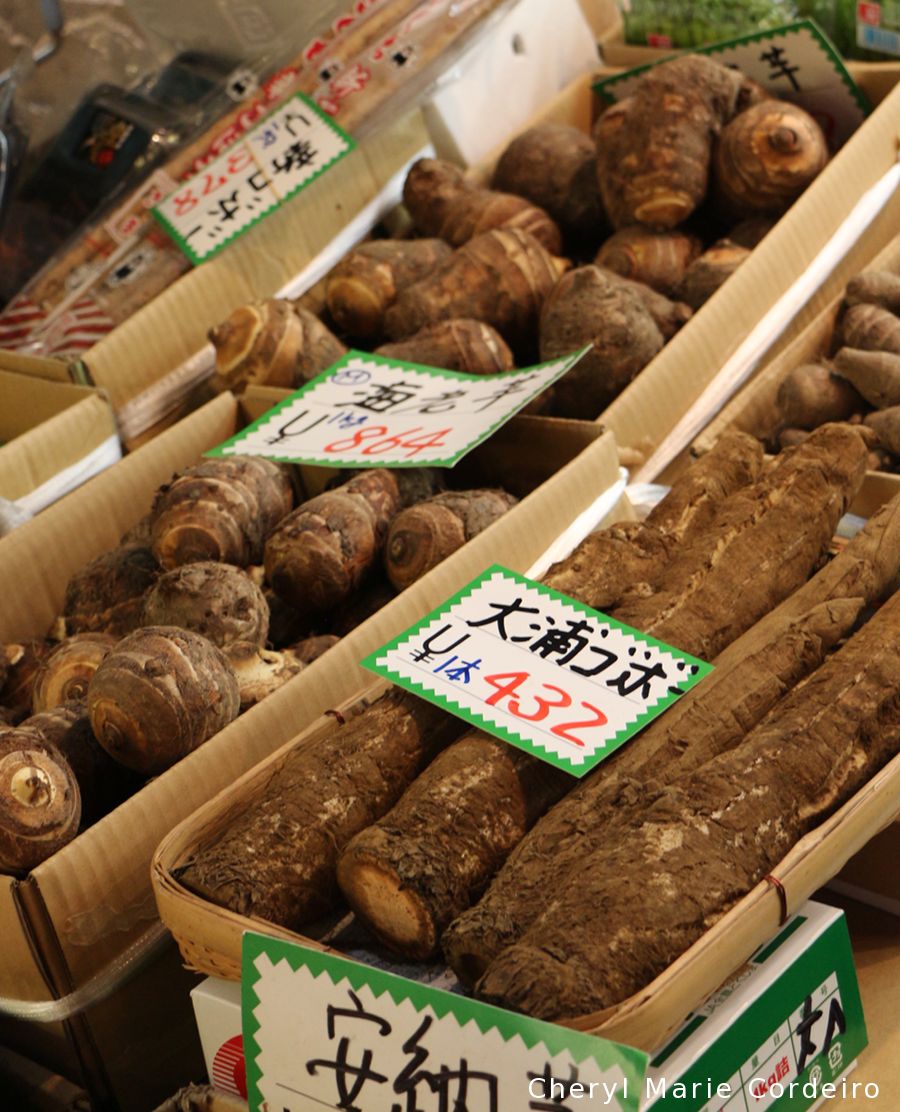
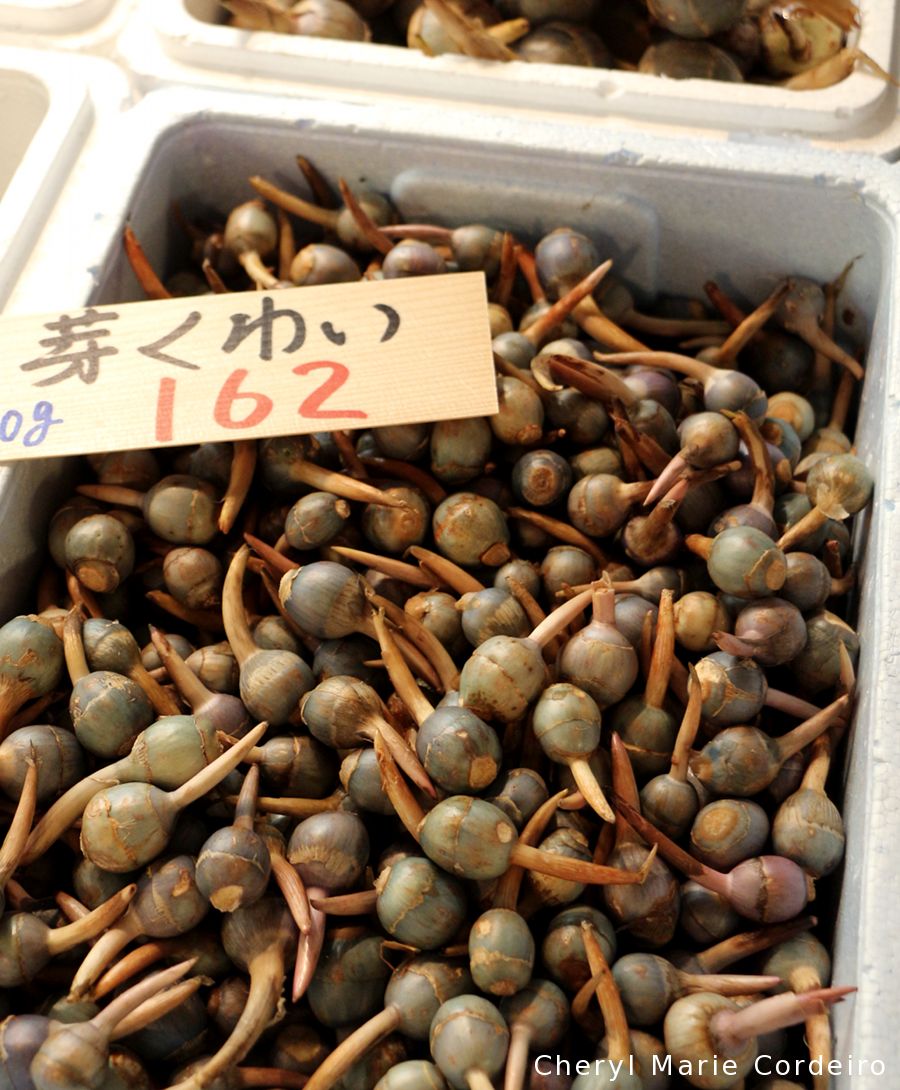
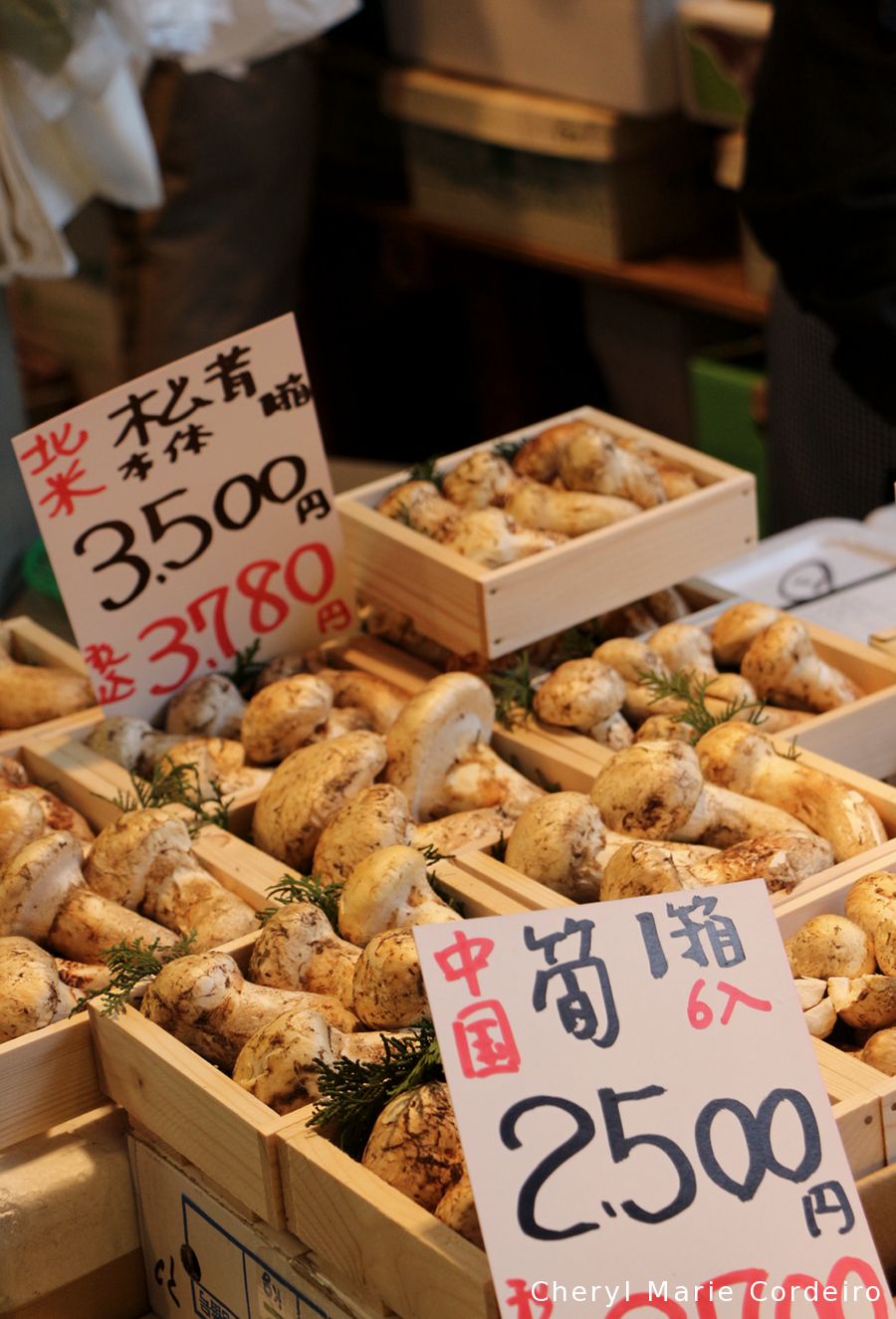
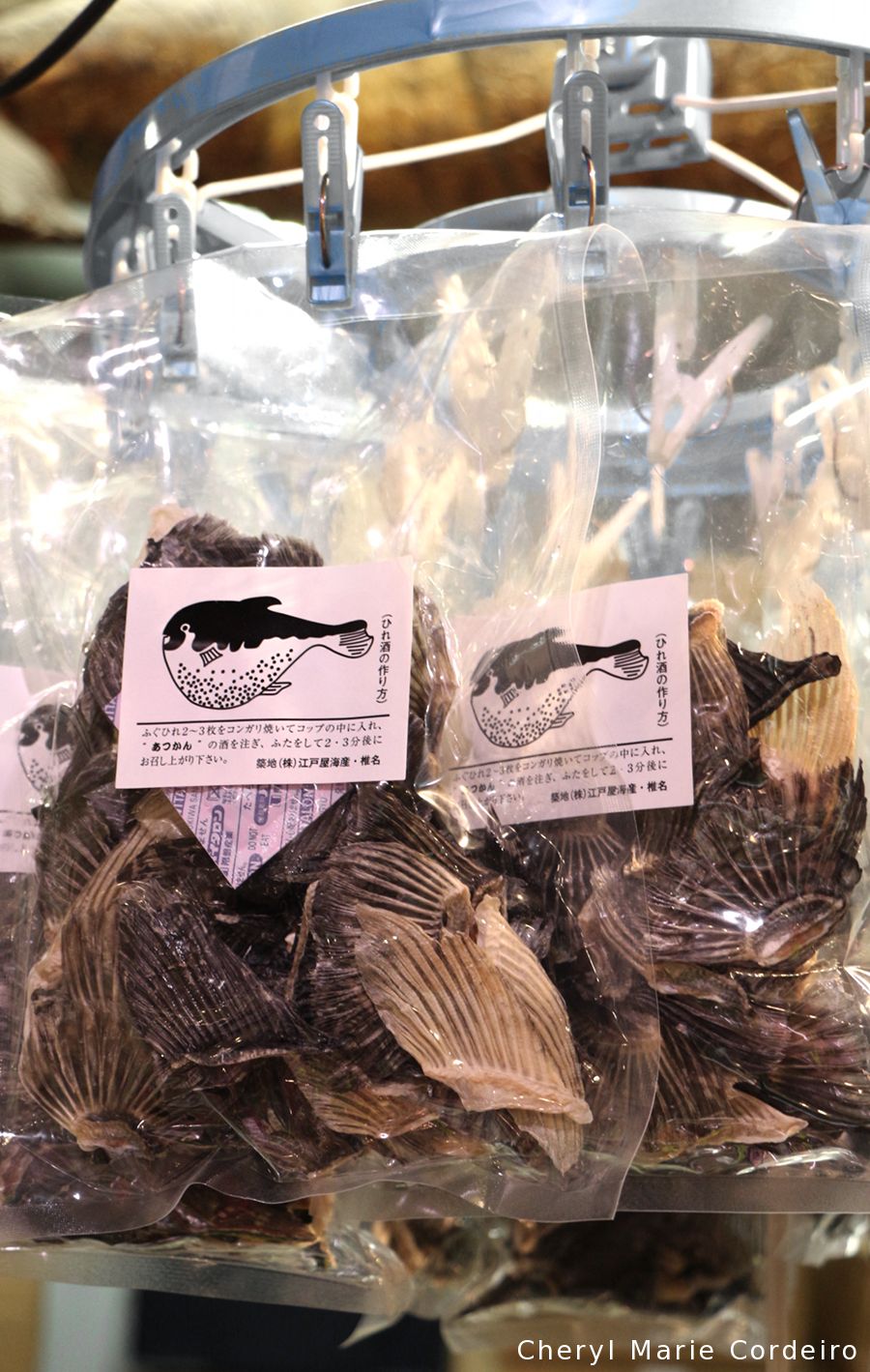
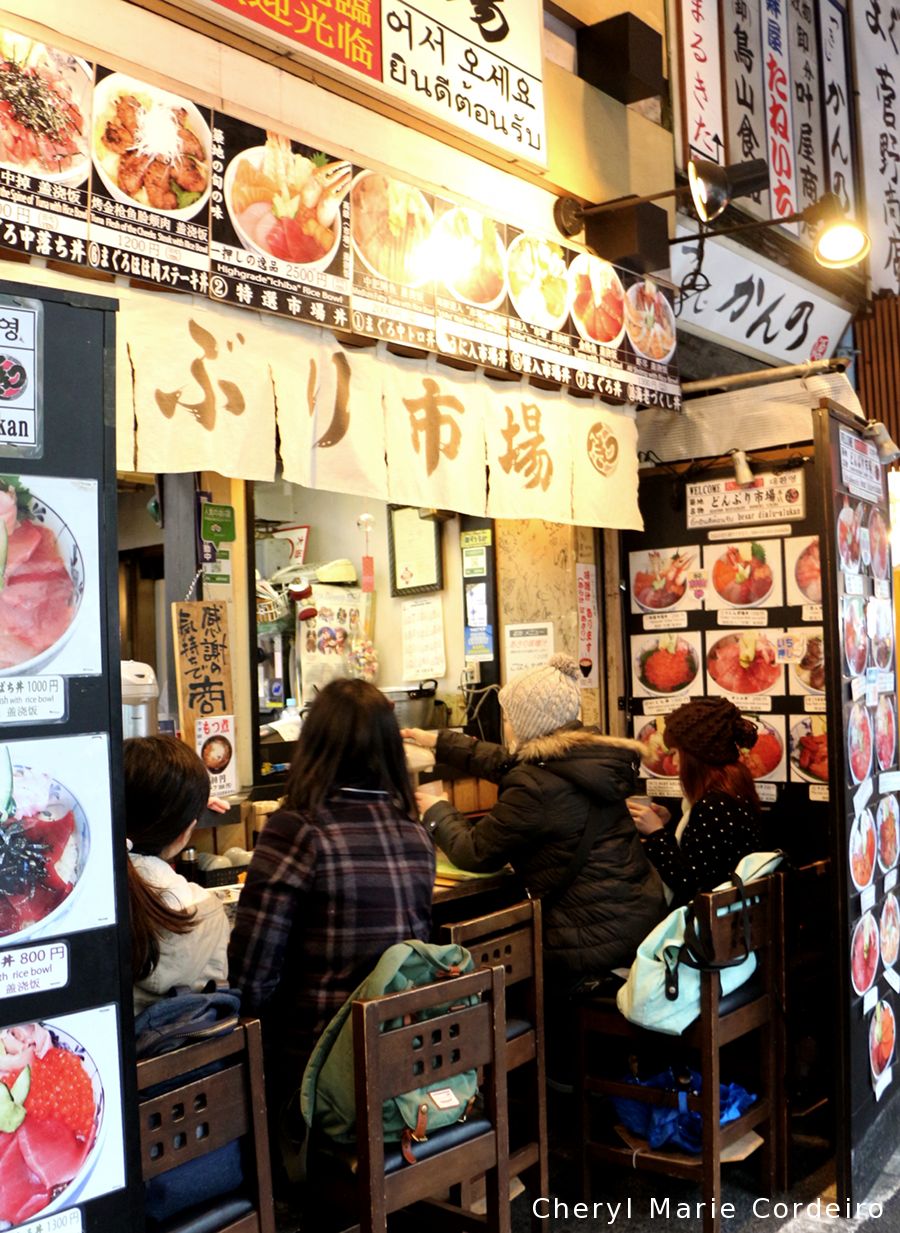
Market eateries are small with only a few choice seats. Warm food can be had in almost any street corner of this market, so it’s only a matter of deciding what to eat and where.
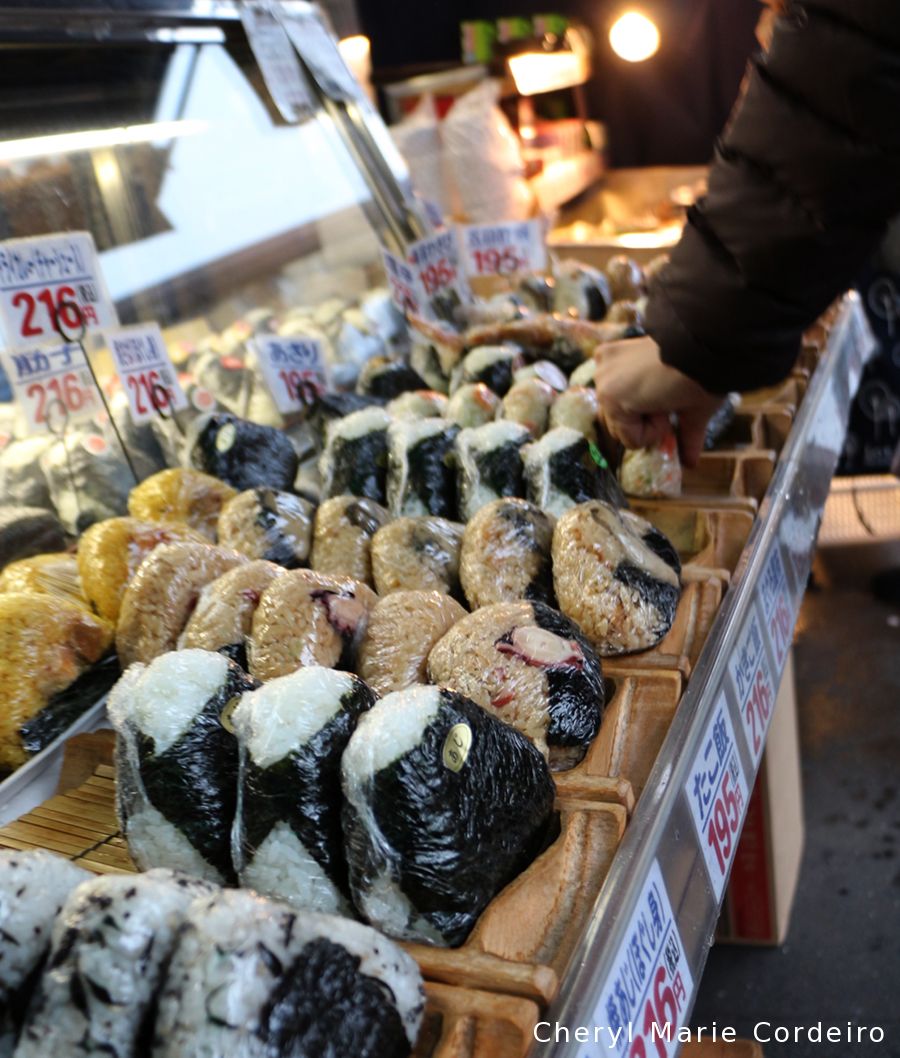
Hand-rolled at this very shop behind the counter, and placed out front in bamboo boxes for the picking.
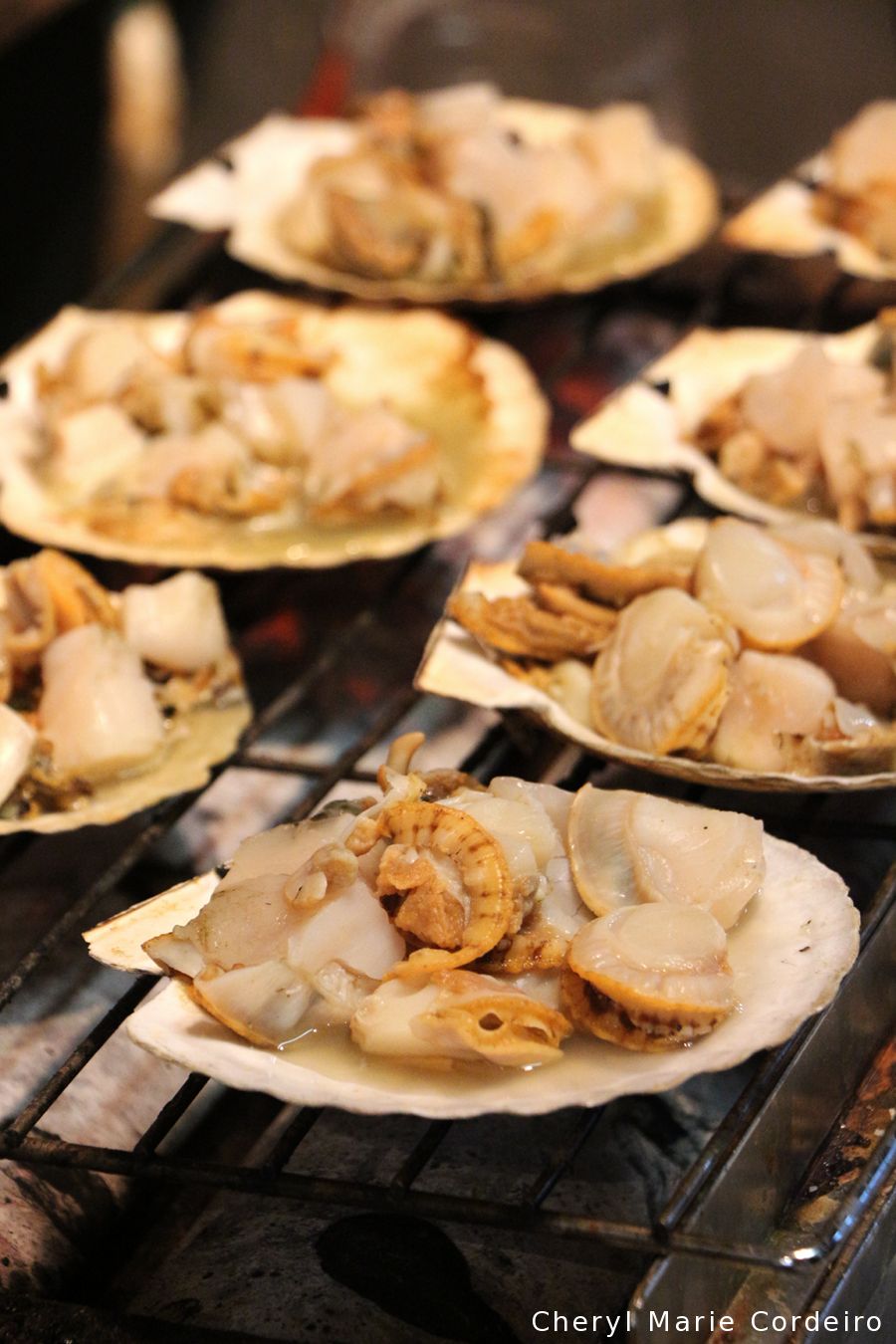
Just gorgeous.
